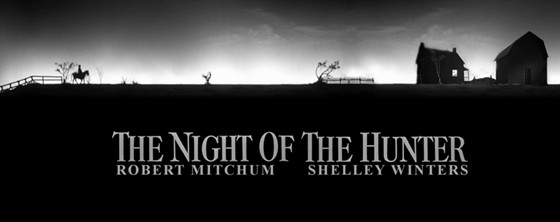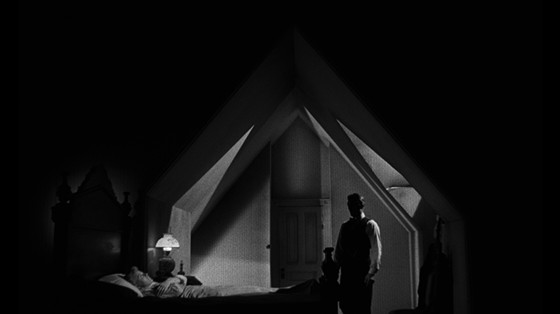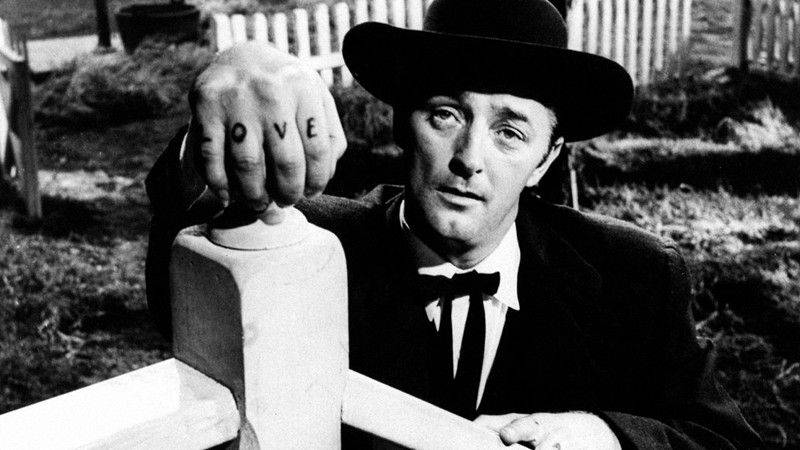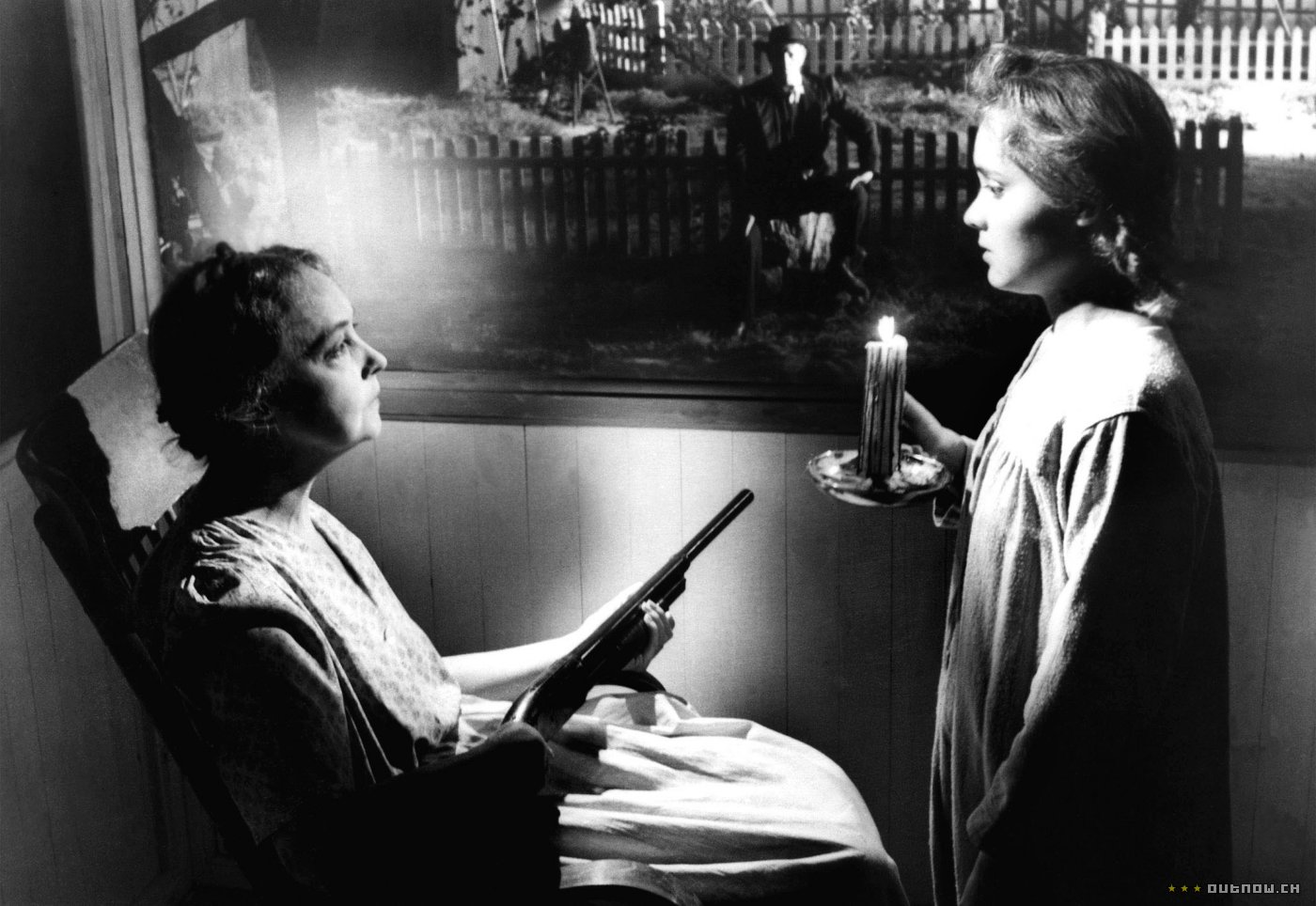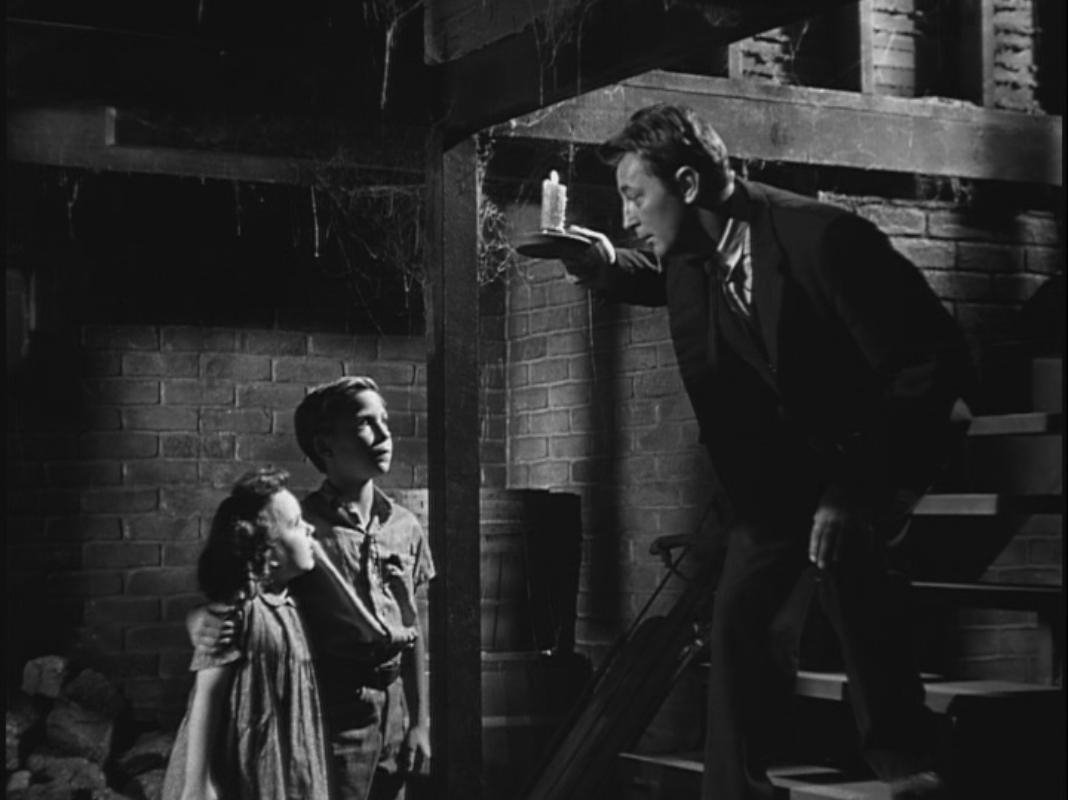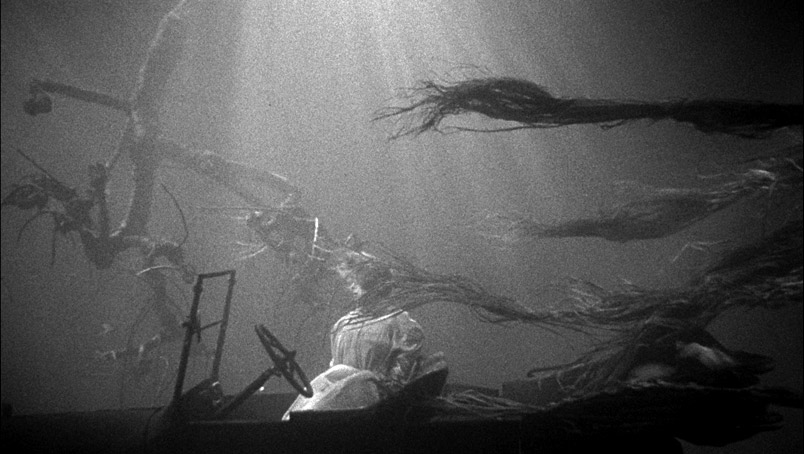“The Night of the Hunter” is Charles Laughton’s Southern Gothic masterpiece of American cinema and is sadly the only film he ever directed. A horror film of its time that meshes fantastical, dream-like visuals along with the terror of a religious zealot.
The film stars Robert Mitchum as a traveling preacher named Harry Powell that lures unsuspecting women into marrying him so he can kill them for their money. It’s not until he marries a young, delicate woman played by Shelley Winters that his plans are uncovered by her oldest son.
The film, though not well received at the time, has become known as a classic and listed below are just a few of the reasons.
10. Southern Gothic
“The Night of the Hunter” drips of the Southern Gothic aesthetic and gives the film some of it’s chilling atmosphere. The setting, characters and situations all are reminiscent of the style and it’s used with great effect. The best way to explain the Southern Gothic aesthetic without going into different examples is it mixes the drama, romance and grotesque characters of Gothic literature with macabre situations that are set in small, Southern towns filled with isolation and whimsy.
The Preacher Harry Powell embodies the Southern Gothic antagonist with his charming demure and the blinded-by-God wickedness he possesses. However, in the second half of the film when John and Pearl run away from the Preacher the whimsical aspects of the film take over and begins to feel like a series of tall tales told in the South. The film blends the real and the fantastical very well but never loses it’s tone of dread.
9. Love & Hate
One of the most iconic images to come out of “The Night of the Hunter” is Robert Mitchum as Harry Powell with the simple, yet bold tattoo on his knuckles that reads “LOVE” on one hand, and “HATE” on the other. In this simple way, Laughton sets up the entire tone of the film and foreshadows some of the deeper themes within.
The concept of love and hate go hand-in-hand (no pun intended) with the overarching religious tones throughout the film and is summed up in Powell’s re-telling of an old scripture story. It’s hard to forget the scene where the Preacher is telling this story to a group of people and we see him arm wrestling with himself to show the duality of good and evil.
Faith and religion blinds people in this film, from the evil to the good, and makes it so that seeing a person’s true motives are difficult. John Harper has no problem seeing the wickedness of the Preacher, but characters such as the old-timer Icy Spoon struggle because she devoutly believes that anyone who puts their faith in the Lord can’t be bad. It creates an interesting dynamic and shows how people can go awry when scripture and faith is misinterpreted.
8. The Return of Lillian Gish
Lillian Gish, a former silent era star who had worked with D.W. Griffith on numerous films, was chosen by Laughton because of her fine acting chops and his love of Griffith’s style. Gish plays a woman by the name of Rachel Cooper whose a tough, gun-totting woman that looks after lost children. She’s sanctuary for John and Pearl and becomes their protector from all the evils in the world.
Gish may be in the film very little, but she has some very memorable scenes and some good interactions with the nefarious Preacher. One that comes to mind instantaneously is towards the end when Powell has found the children but knows Ms. Cooper won’t give them up. He stalks the house, waiting for something to happen, and begins singing the hymn “Leaning On the Everlasting Arm” outside her fence. She waits on the porch for him to make his move, shotgun resting in her lap, and joins in on his song. It’s powerful, emotional and a near perfect scene.
7. The Child Actors
Sometimes child actors aren’t always a good thing and can be one of the negative points of a film, however that’s not the case here. John and Pearl Harper, played by Billy Chapin and Sally Jane Bruce respectively, add the heart and the tension to Laughton’s film. They’re also the most likeable characters and we really root for them throughout the entire ordeal they’re forced in to.
The dynamic between the Preacher and John is truly fantastic and really shows off the ingenuity and spirit of a young child. John and Pearl both made a promise to their father before he was arrested that they’d never tell anyone the location where he hid the money he stole, which creates the central conflict when John refuses to tell the Preacher, no matter how nasty he is to him.
6. Haunting Imagery
Together Cortez and Laughton came up with some truly haunting imagery that has stood the test of time, and the film is filled with great examples from the Preacher’s silhouette riding on the horizon to the basement scene where he tries to kill the children. However, the most effectively creepy image is of Shelley Winters.
If you haven’t seen the film this is a spoiler, so a little warning before you proceed:
After the Preacher has finally had enough of Shelley Winter’s character Willa Harper, he feels it’s time to take matters into his own hands and kill the poor, confused woman. What follows shortly after is a nightmare inducing image of Willa sitting in her car at the bottom of the river. Her hair floats up and matches the movements of the underwater plants as a fish hook gets caught on the car mirror. Few other shots in the film are as powerful as this one.
